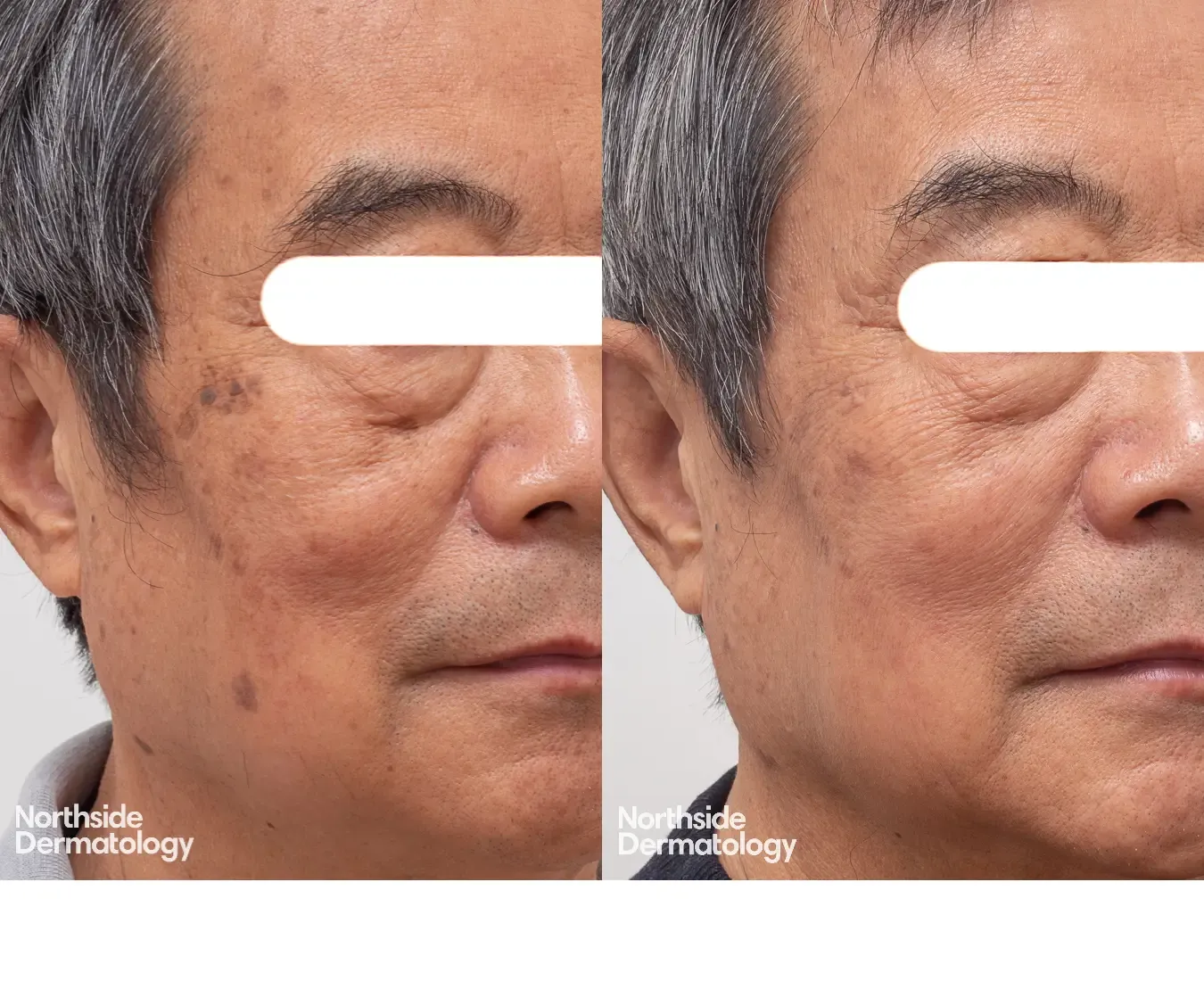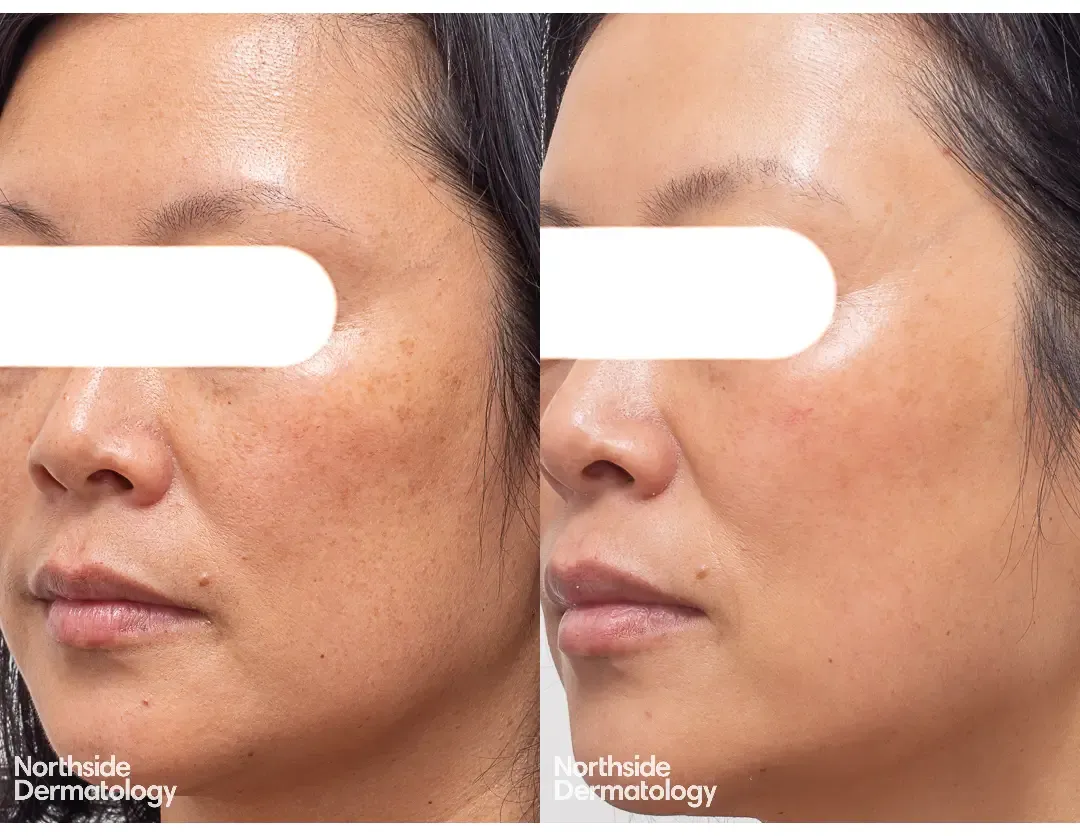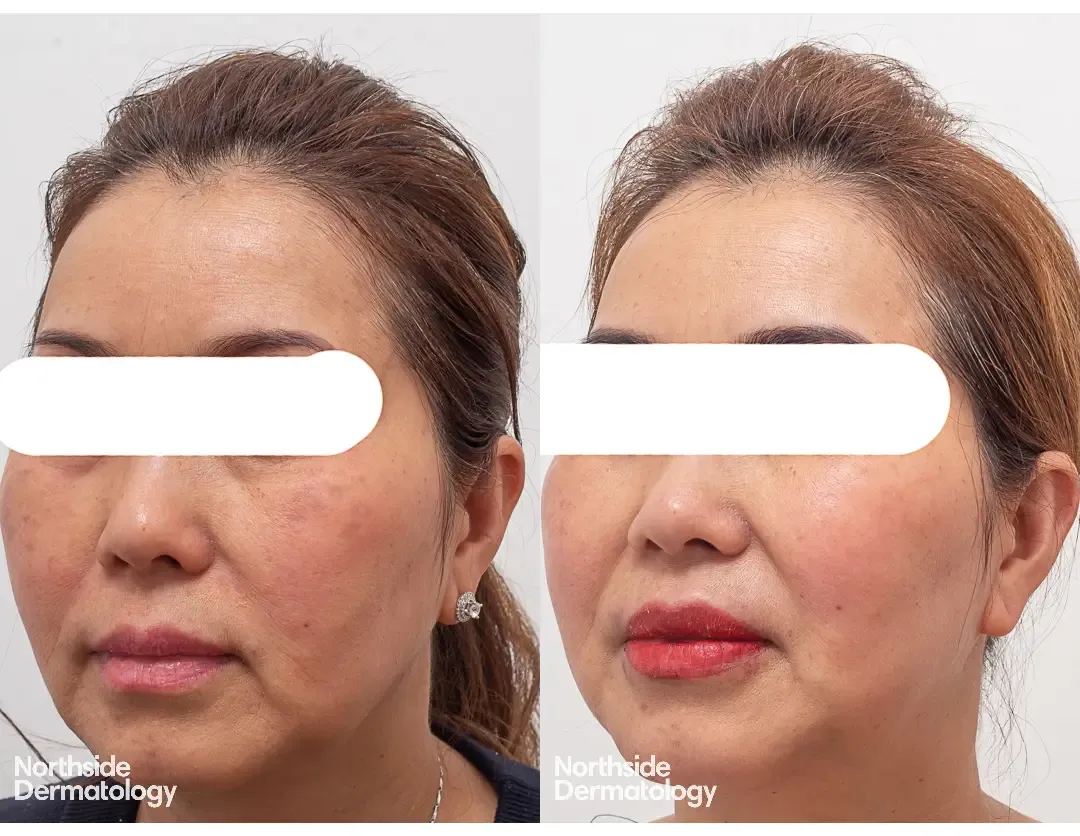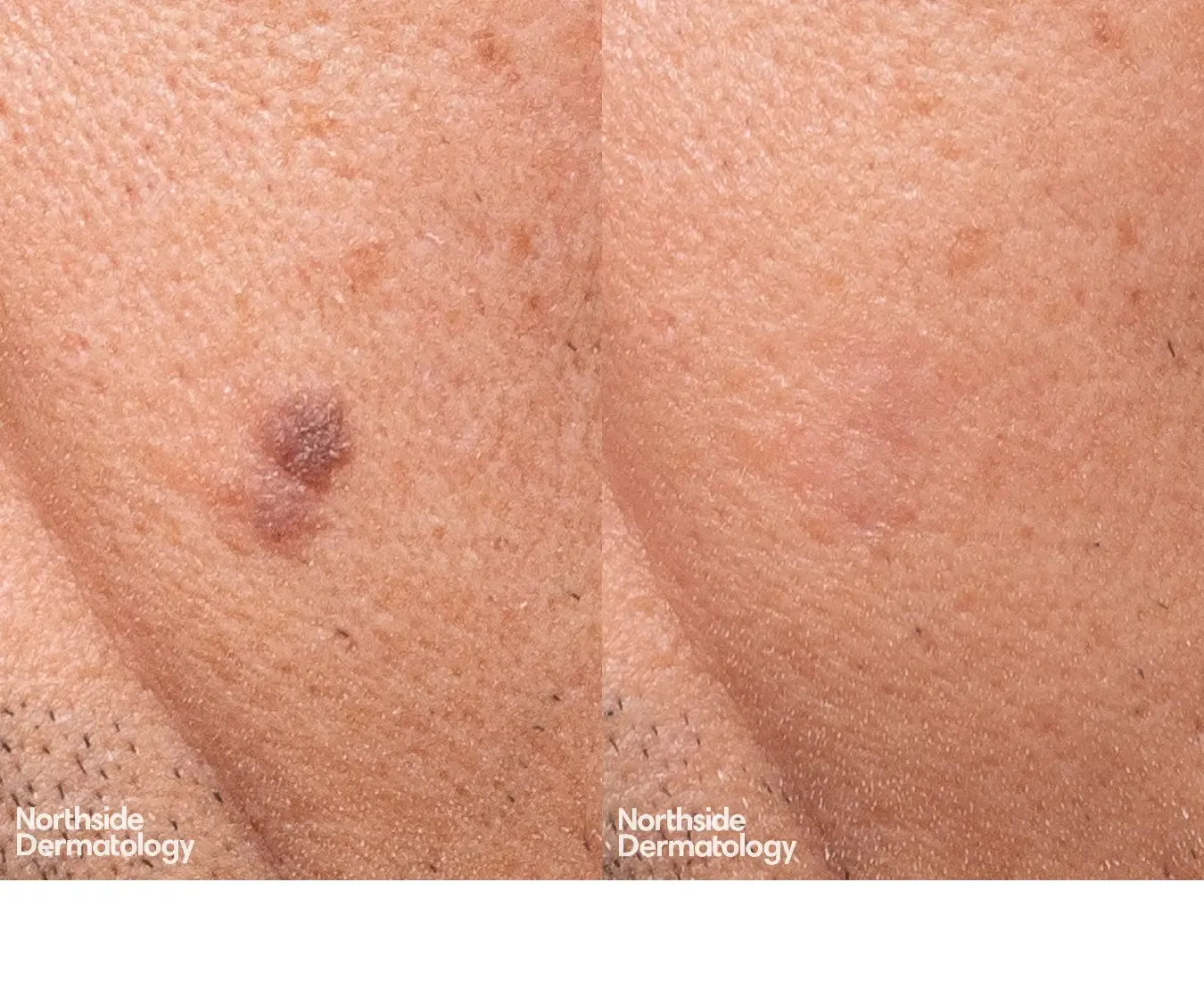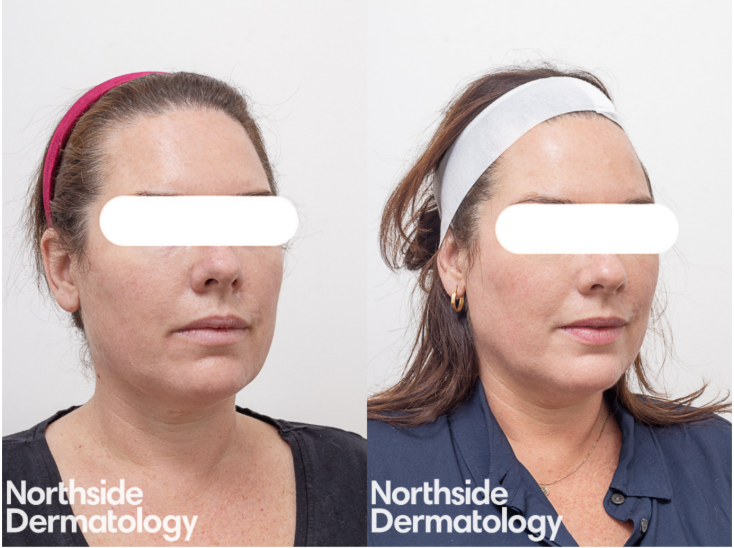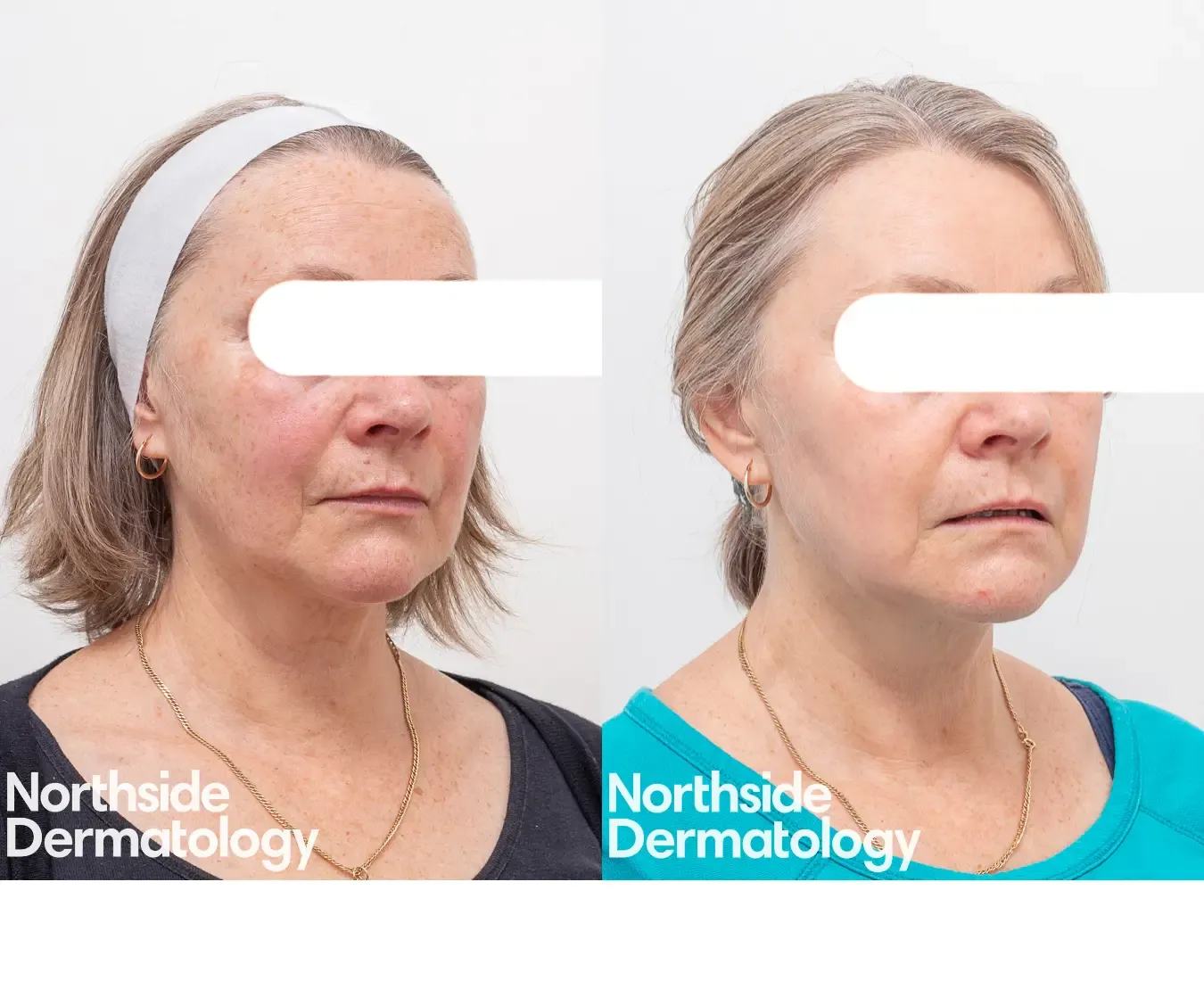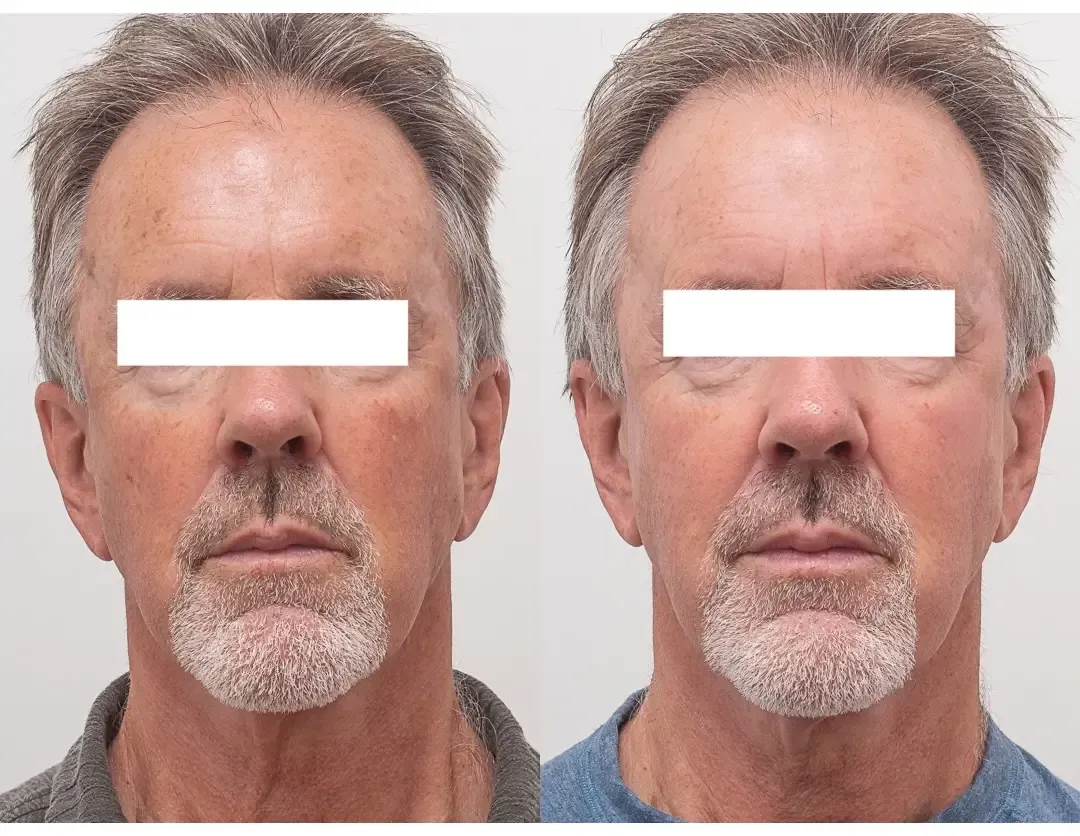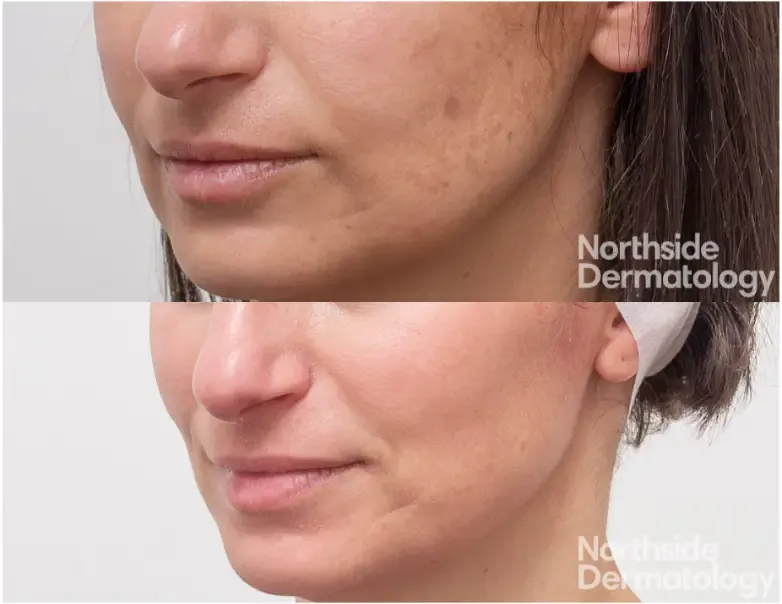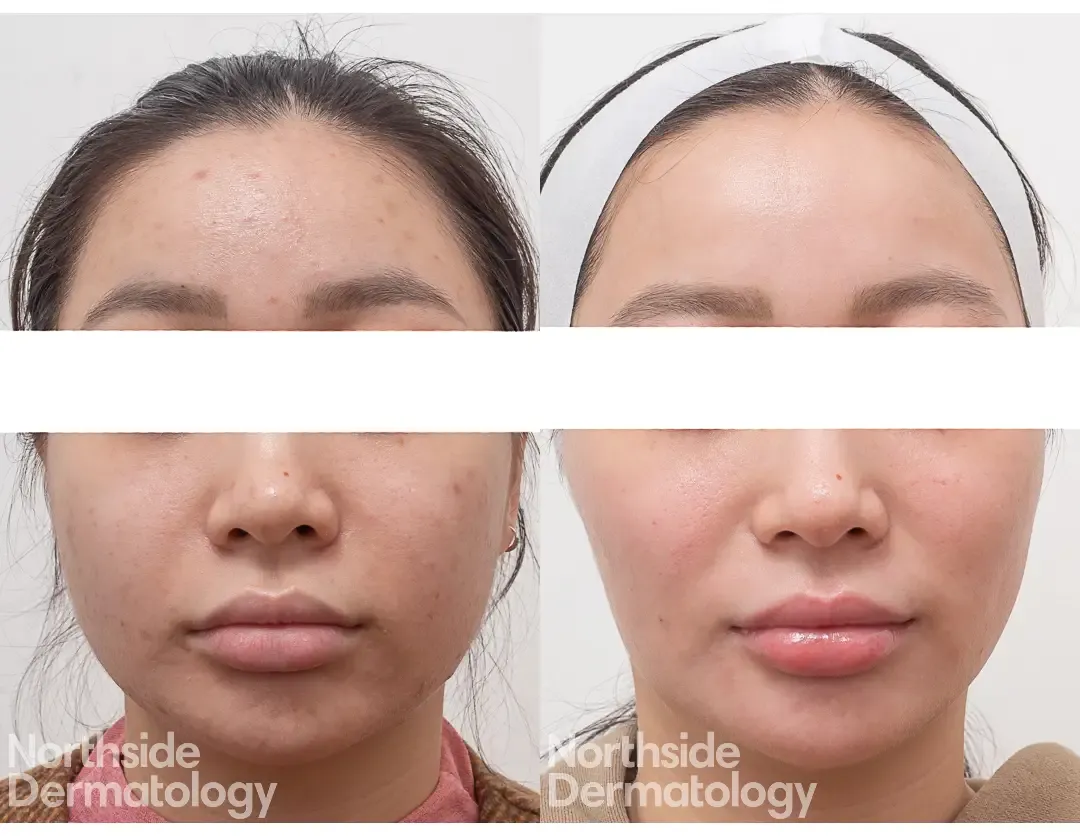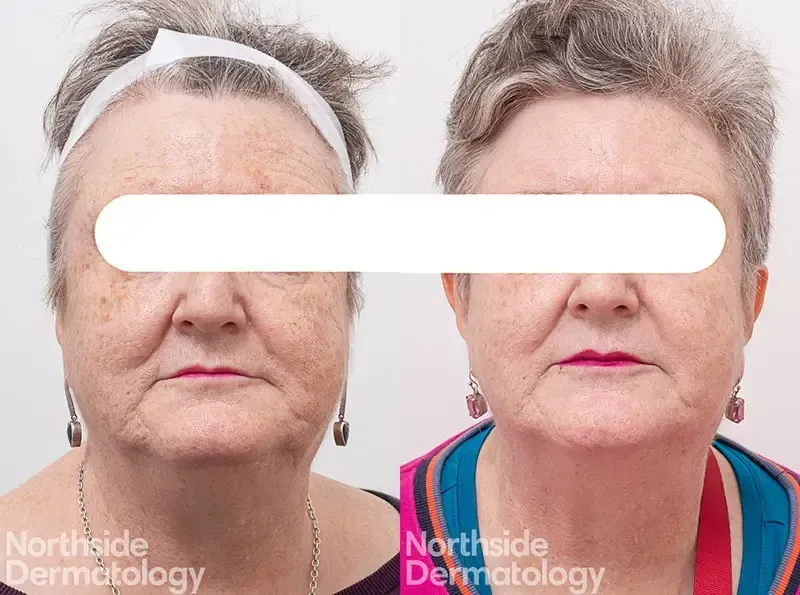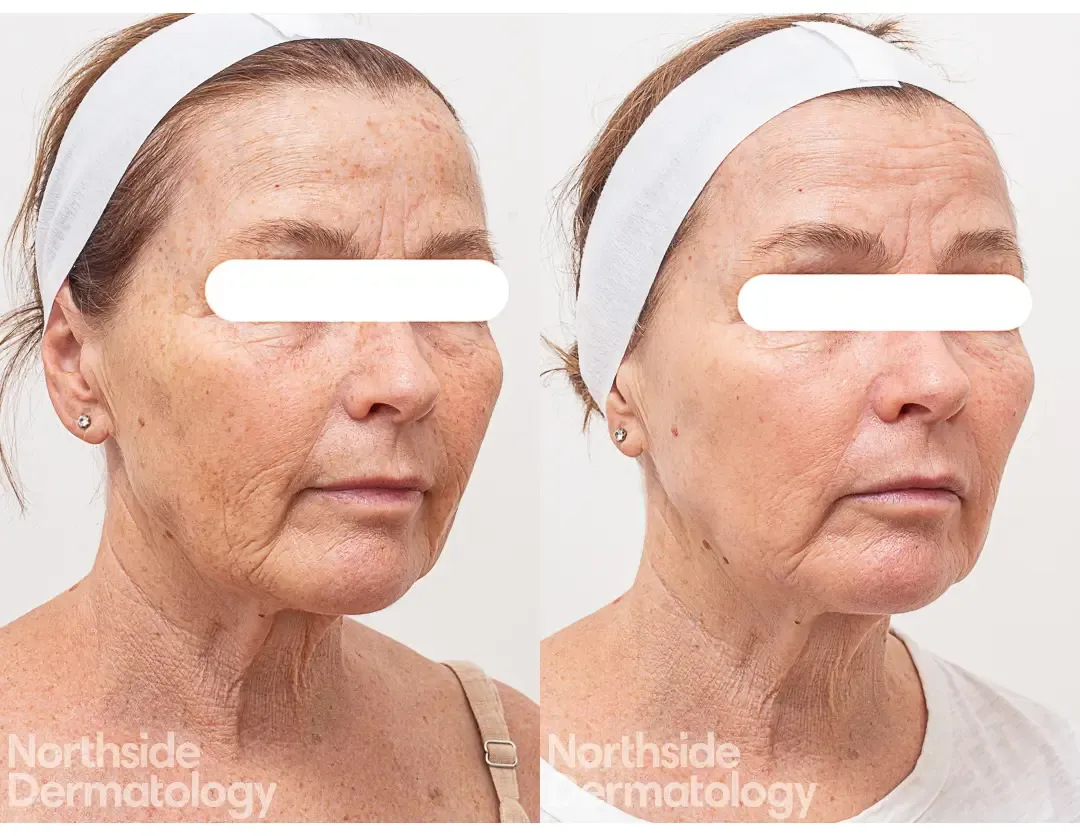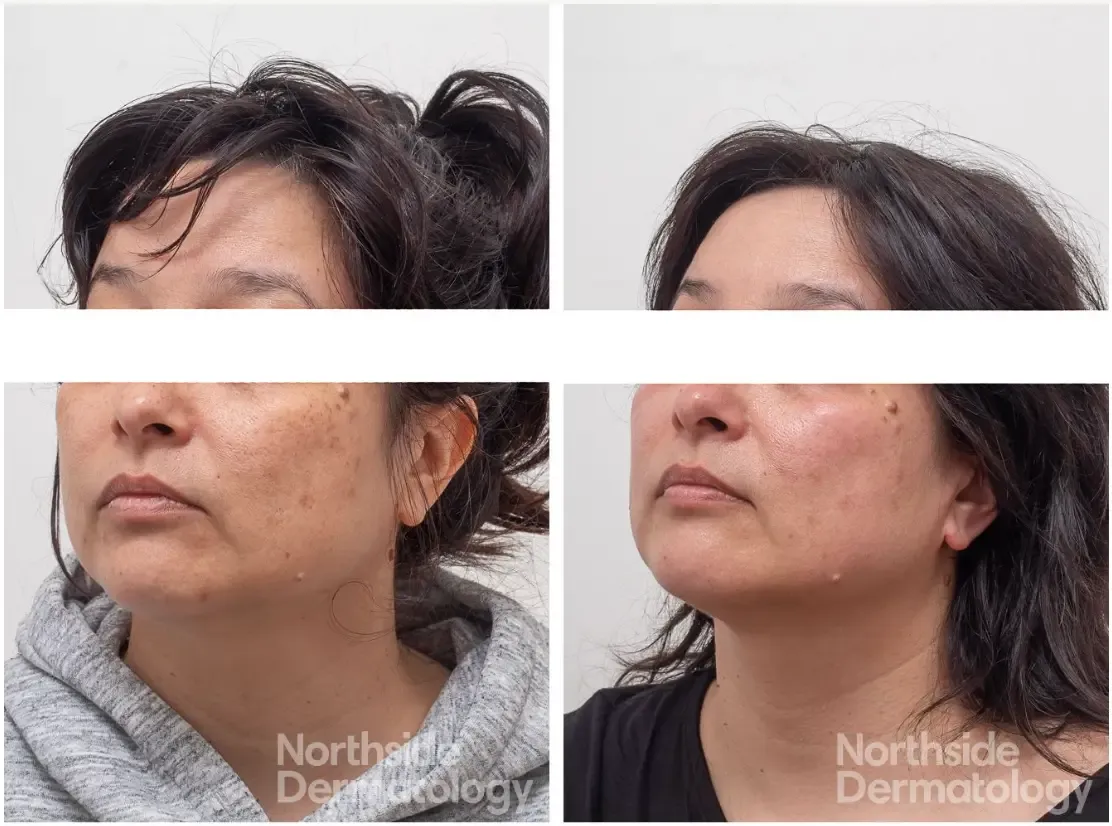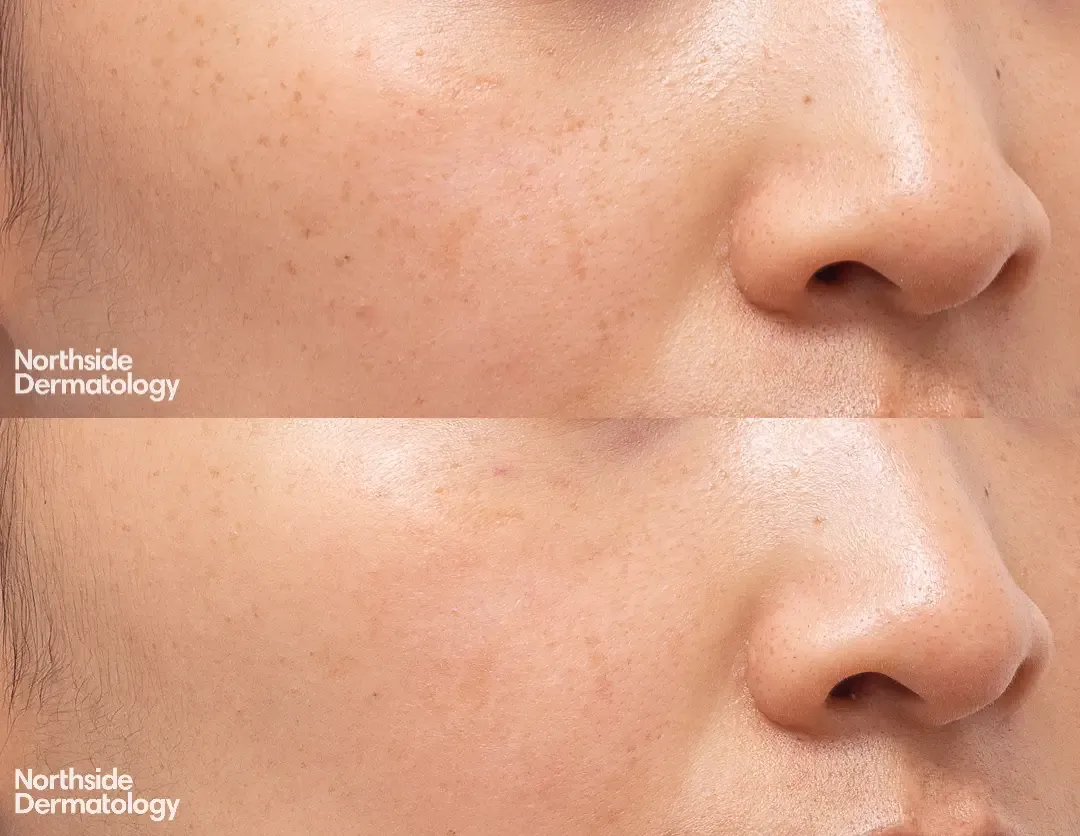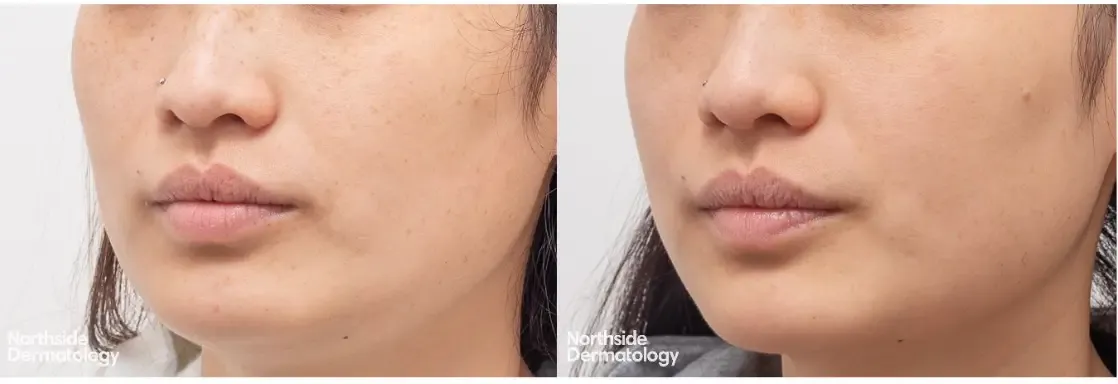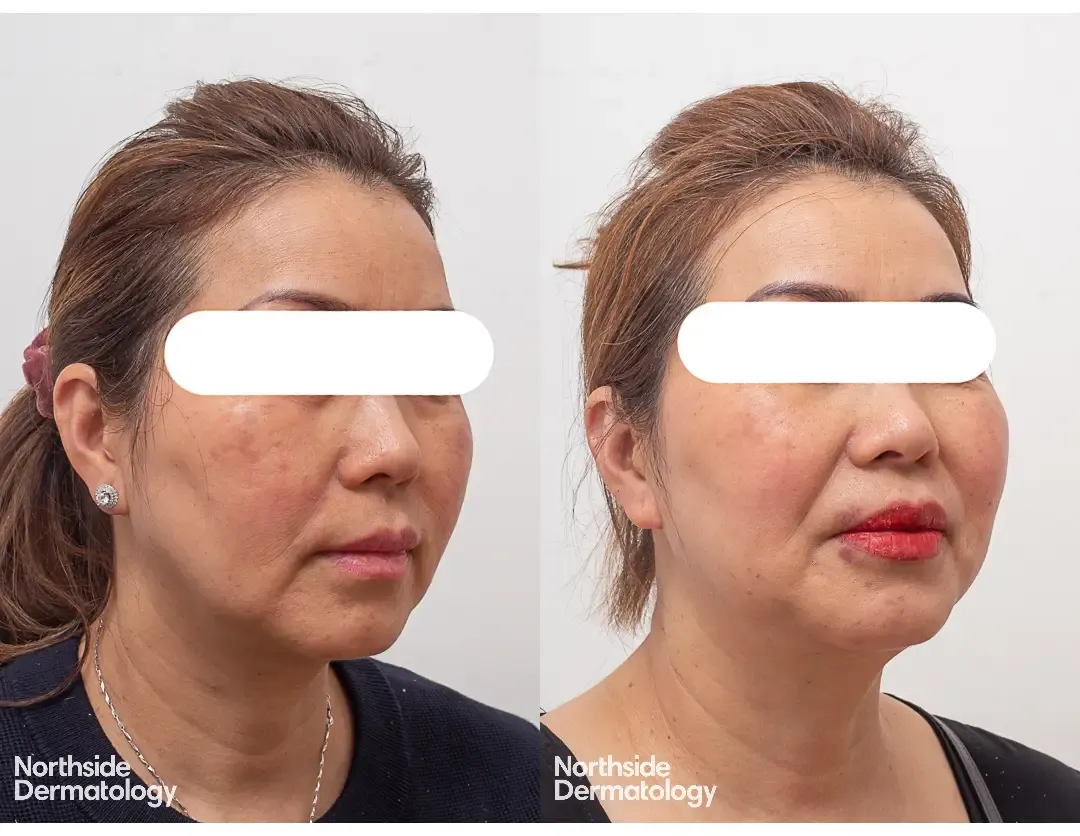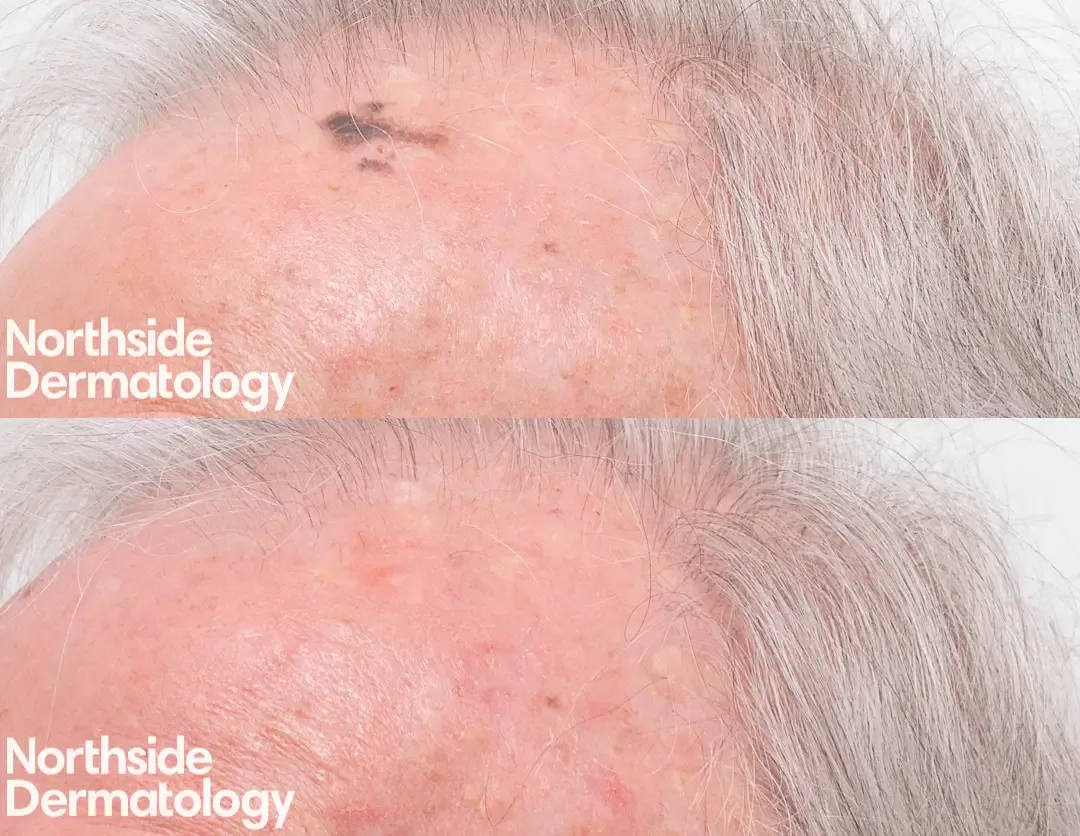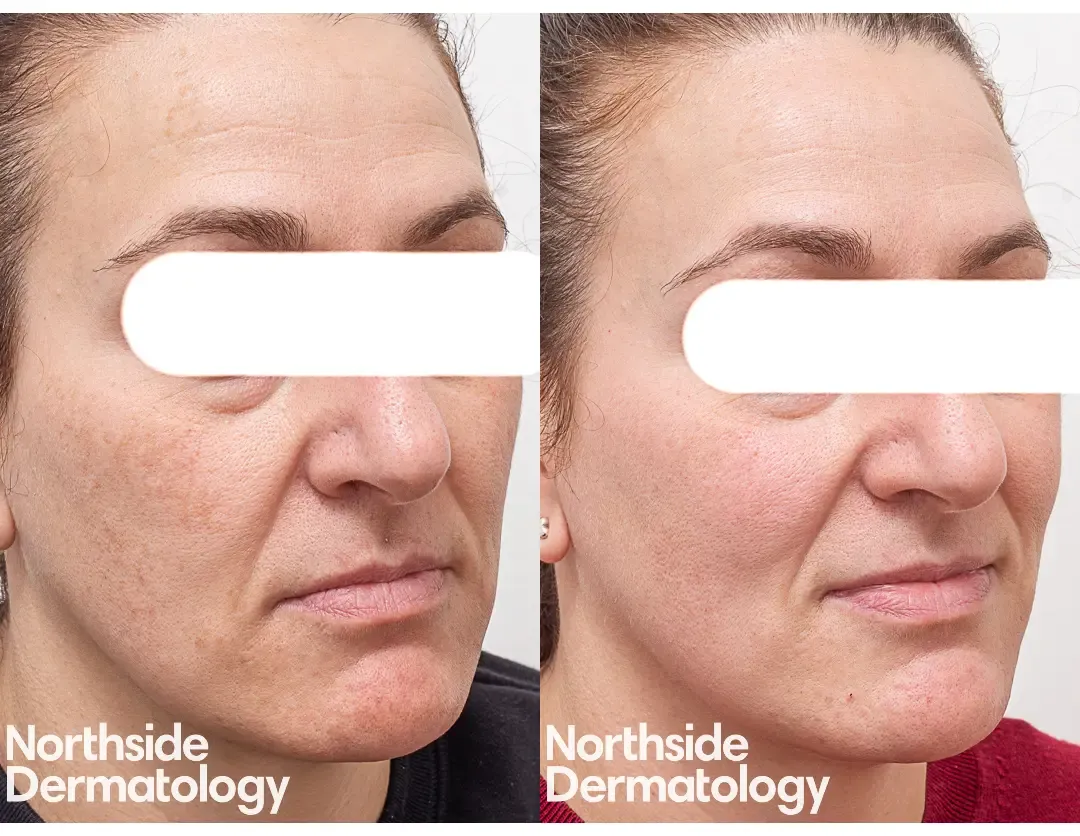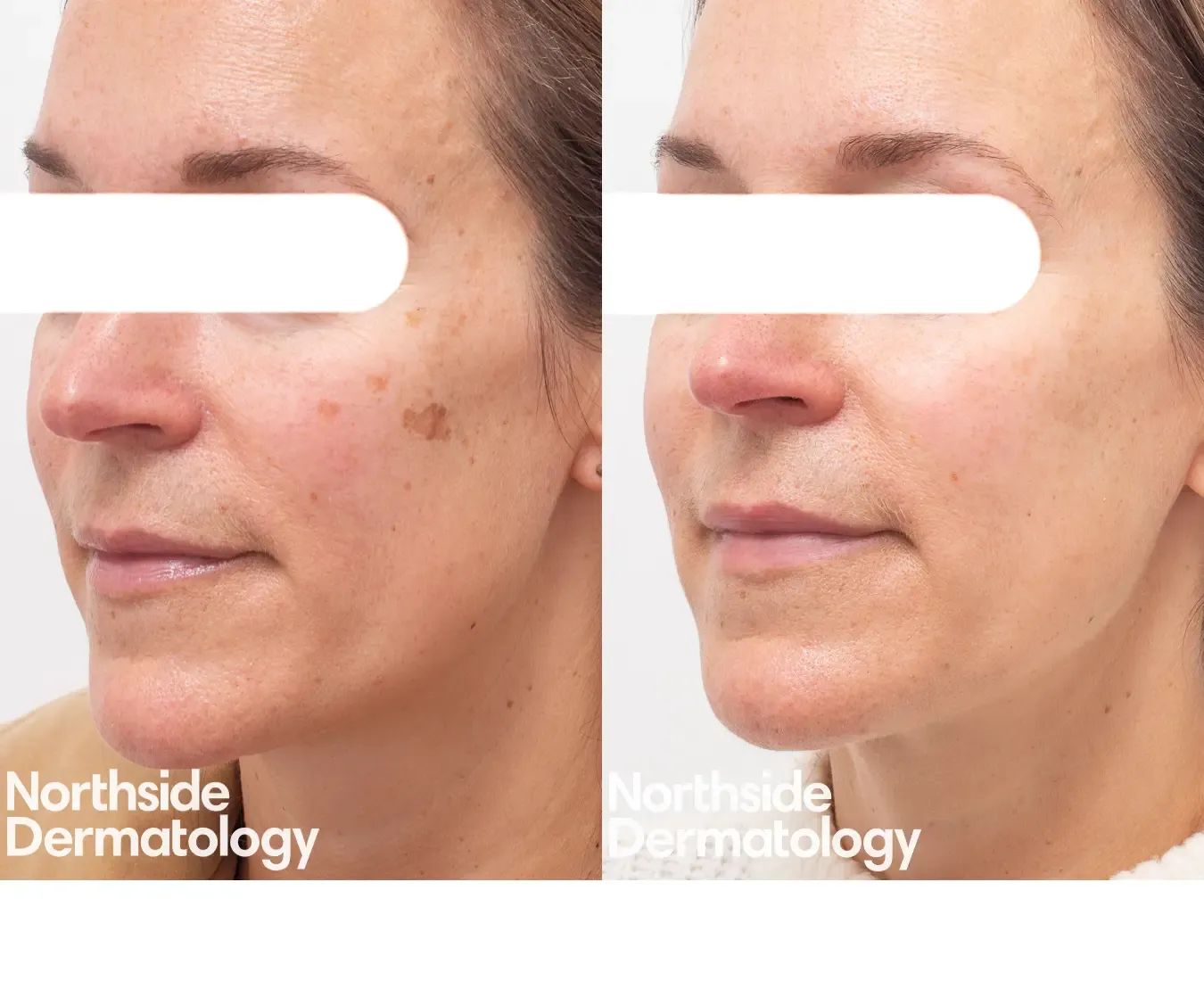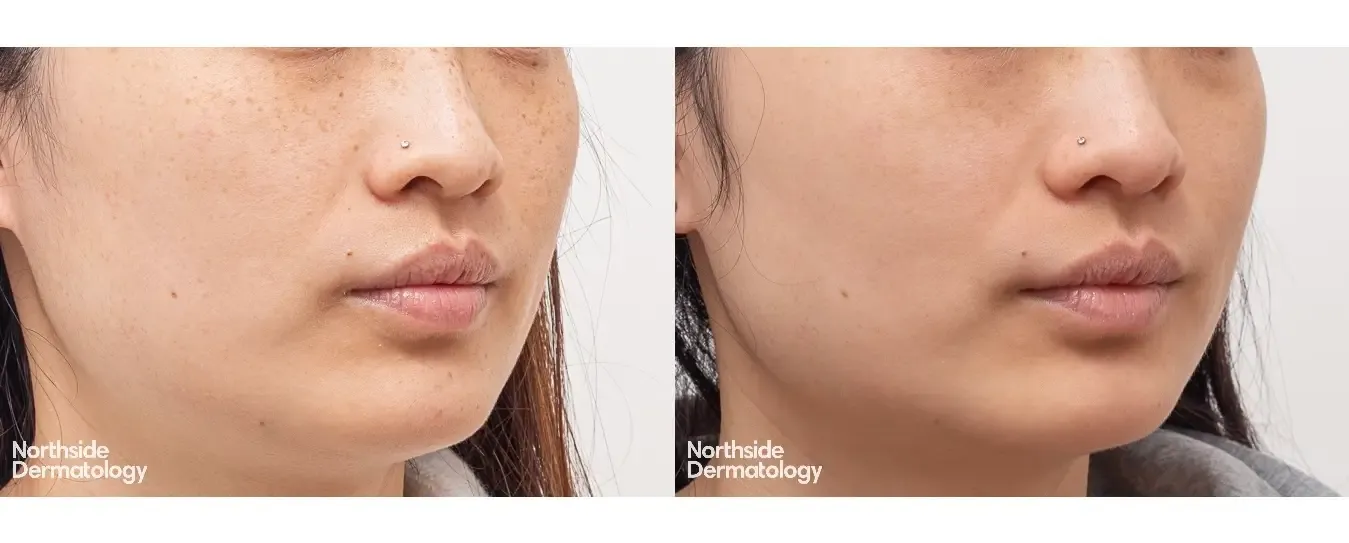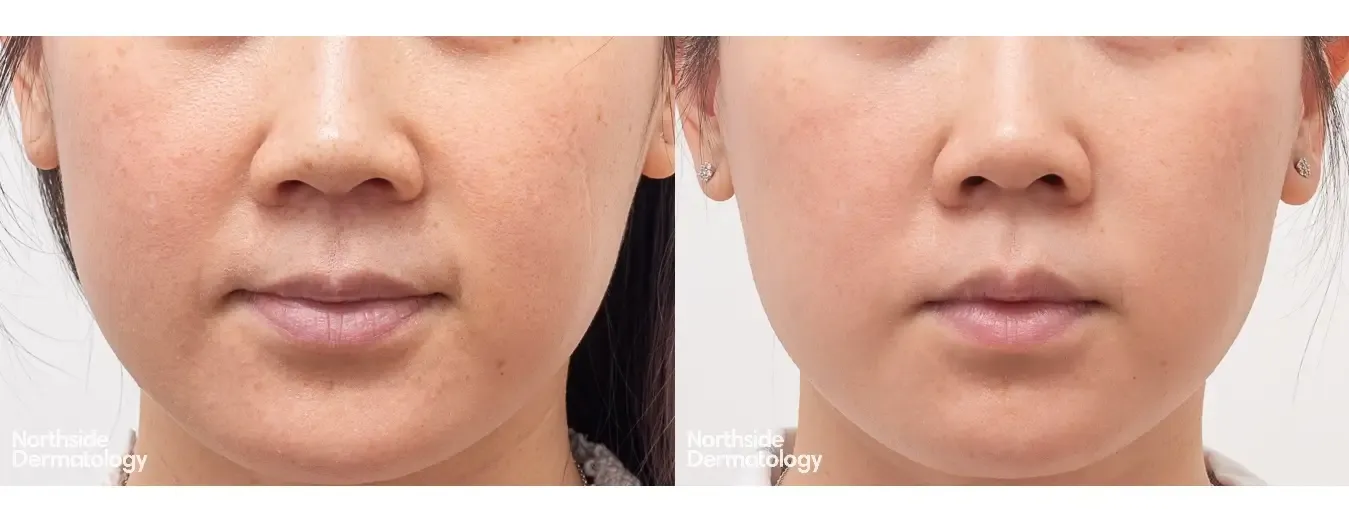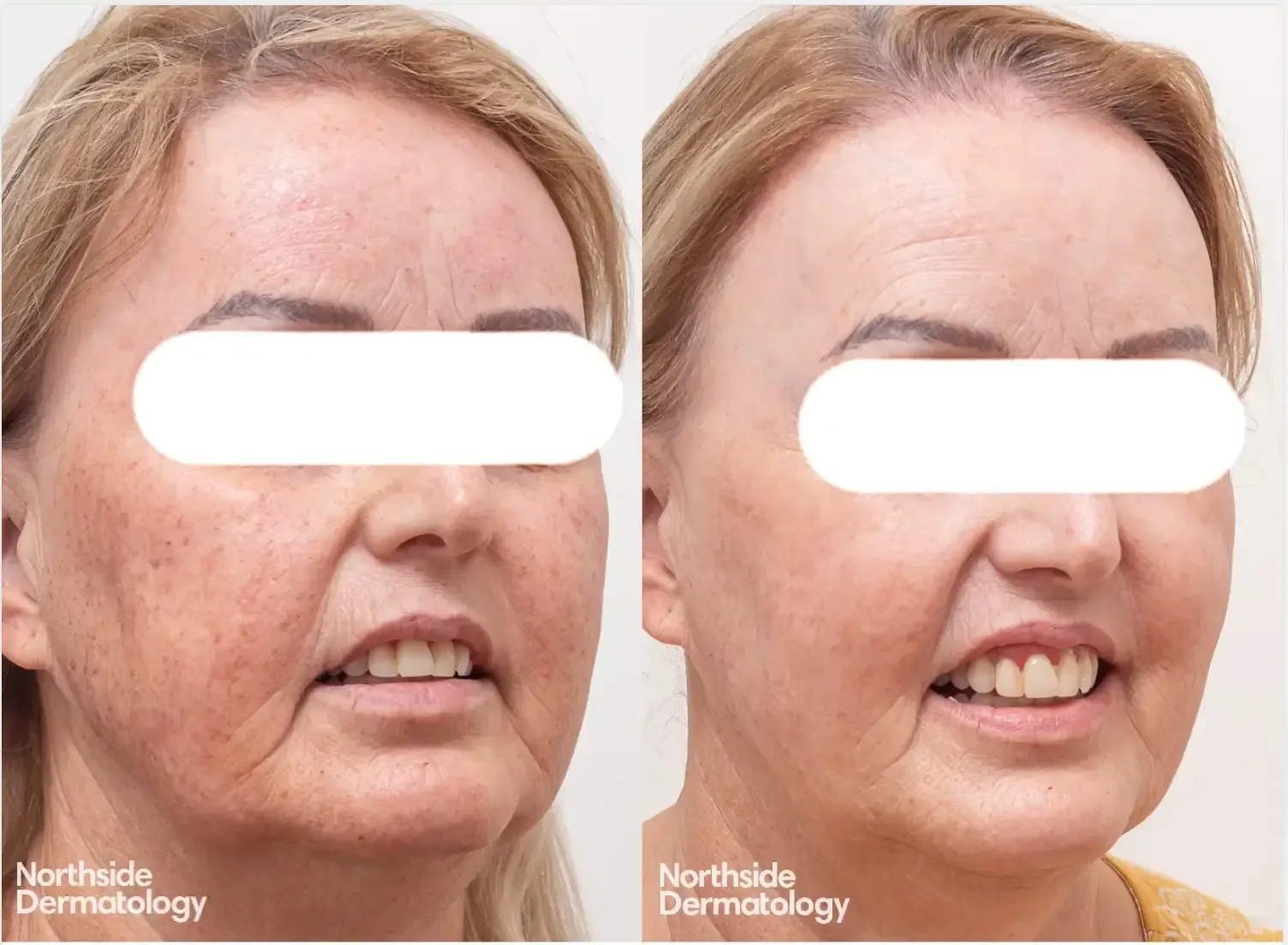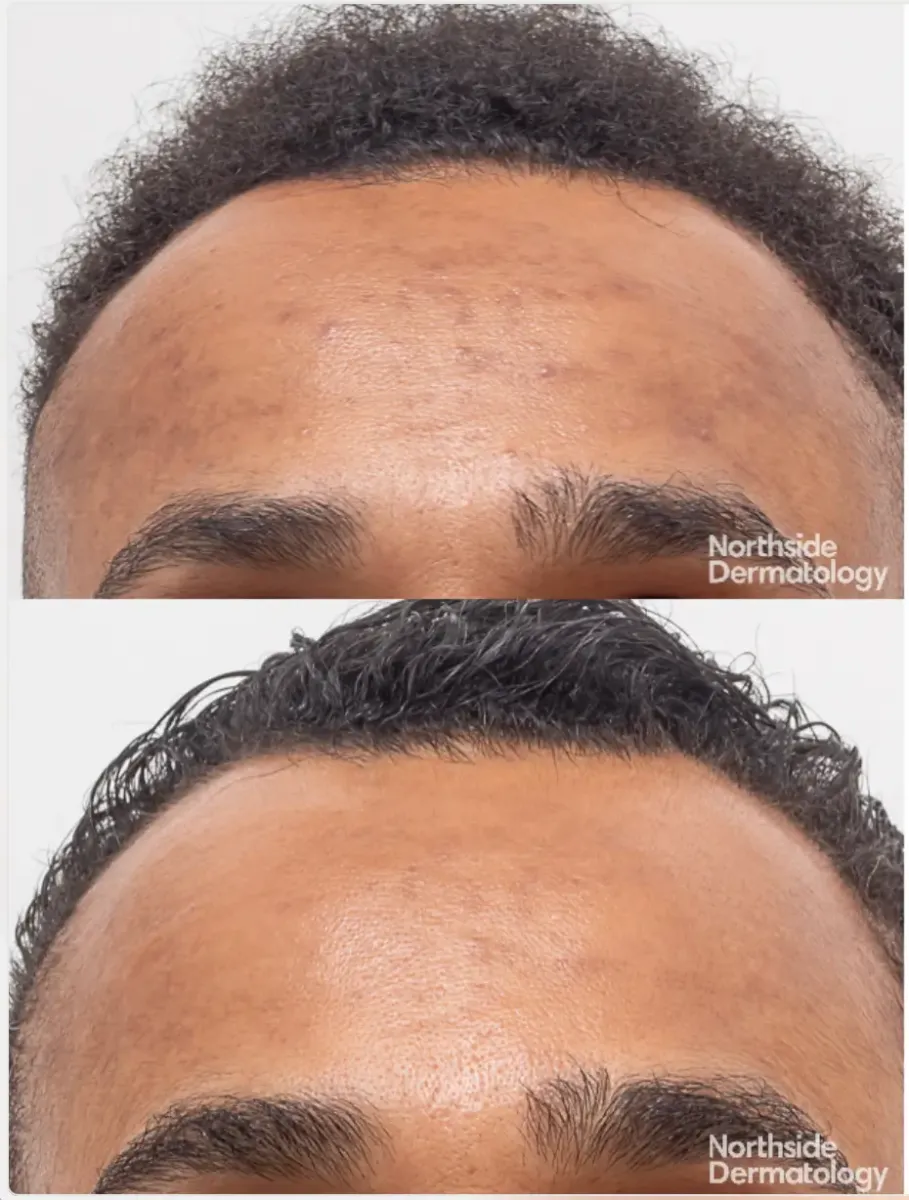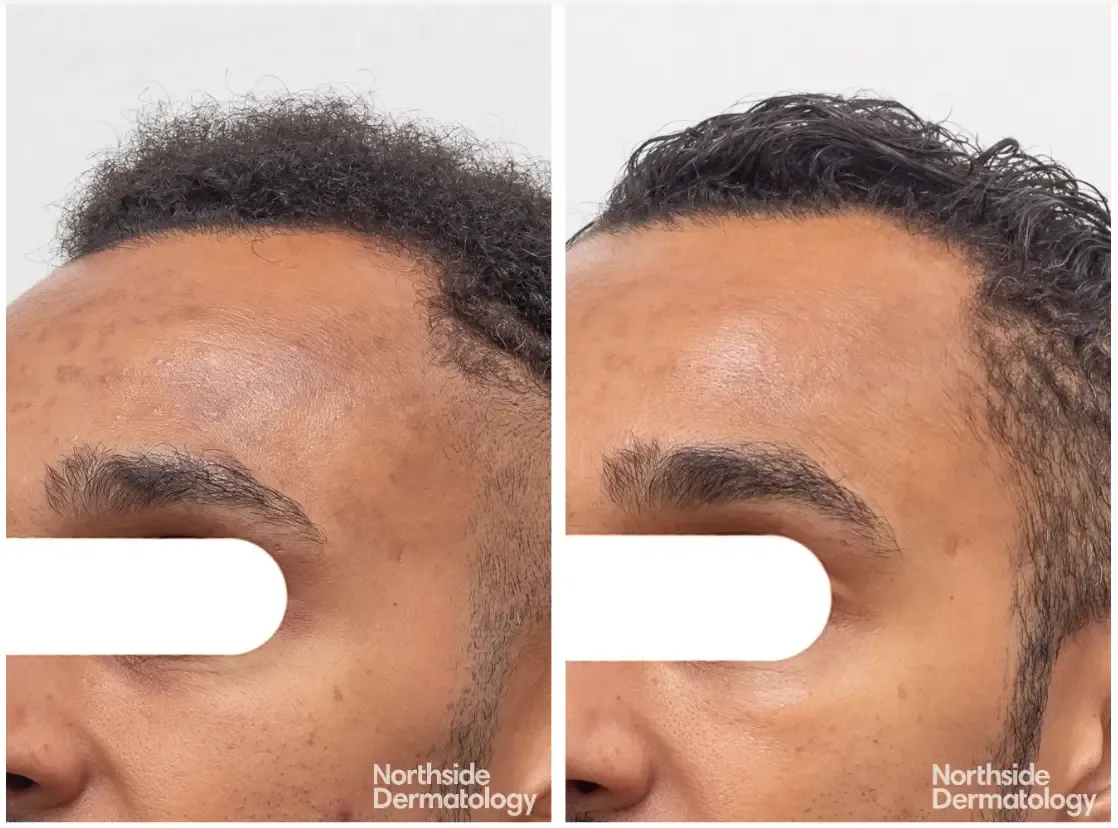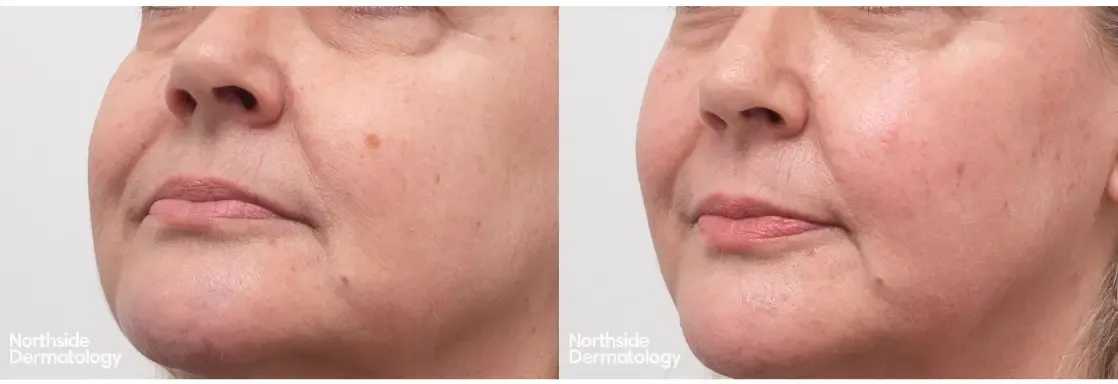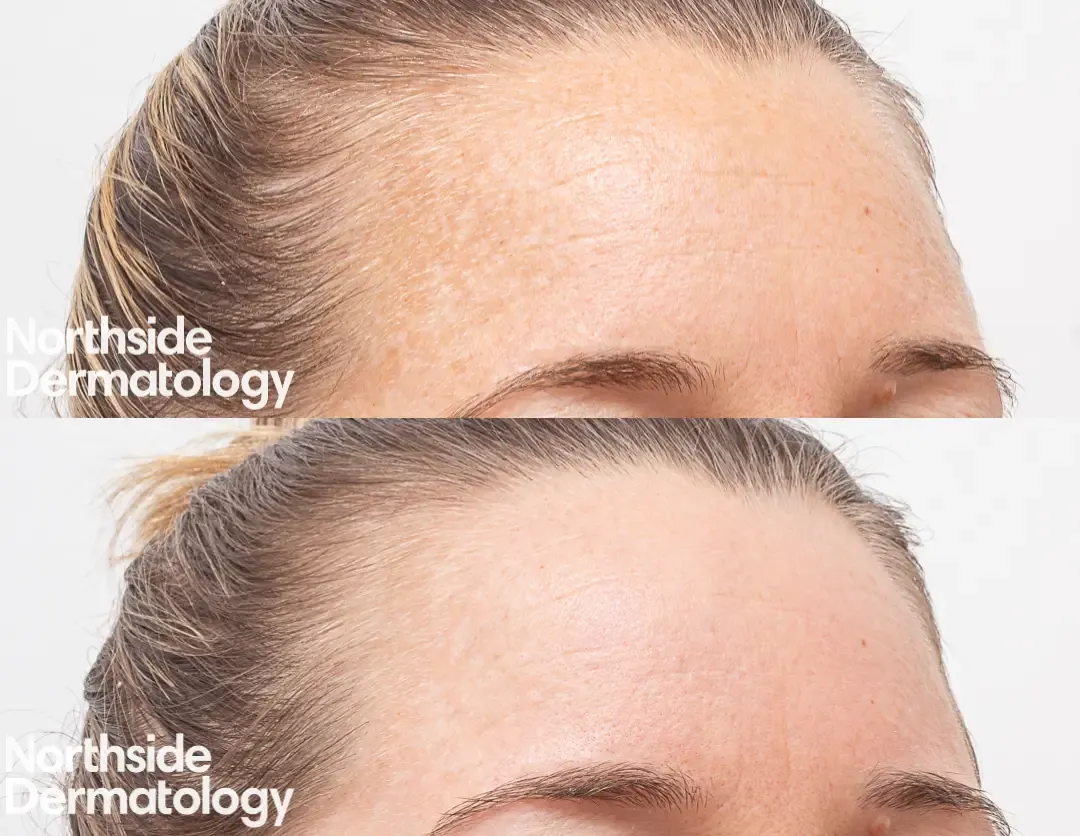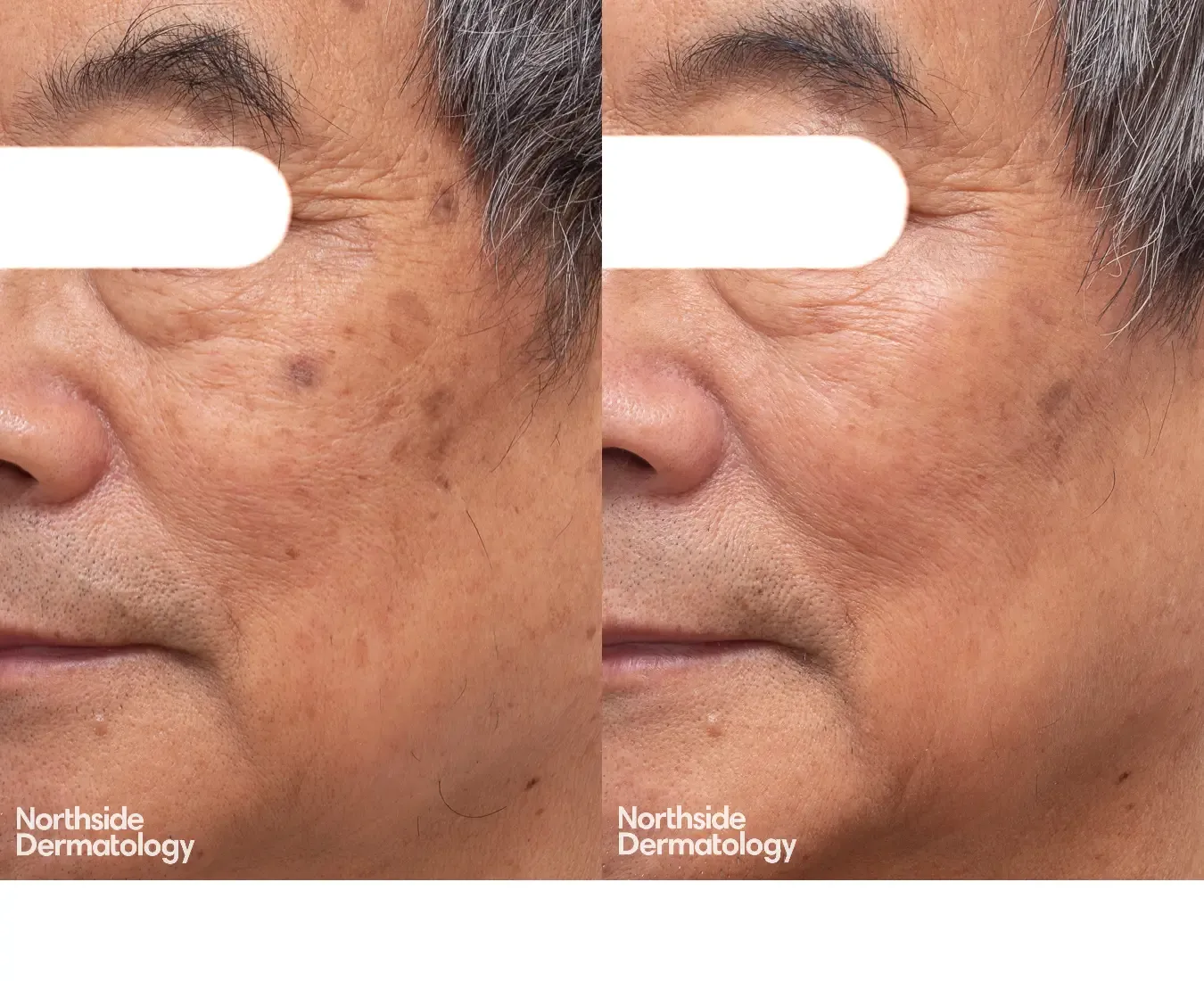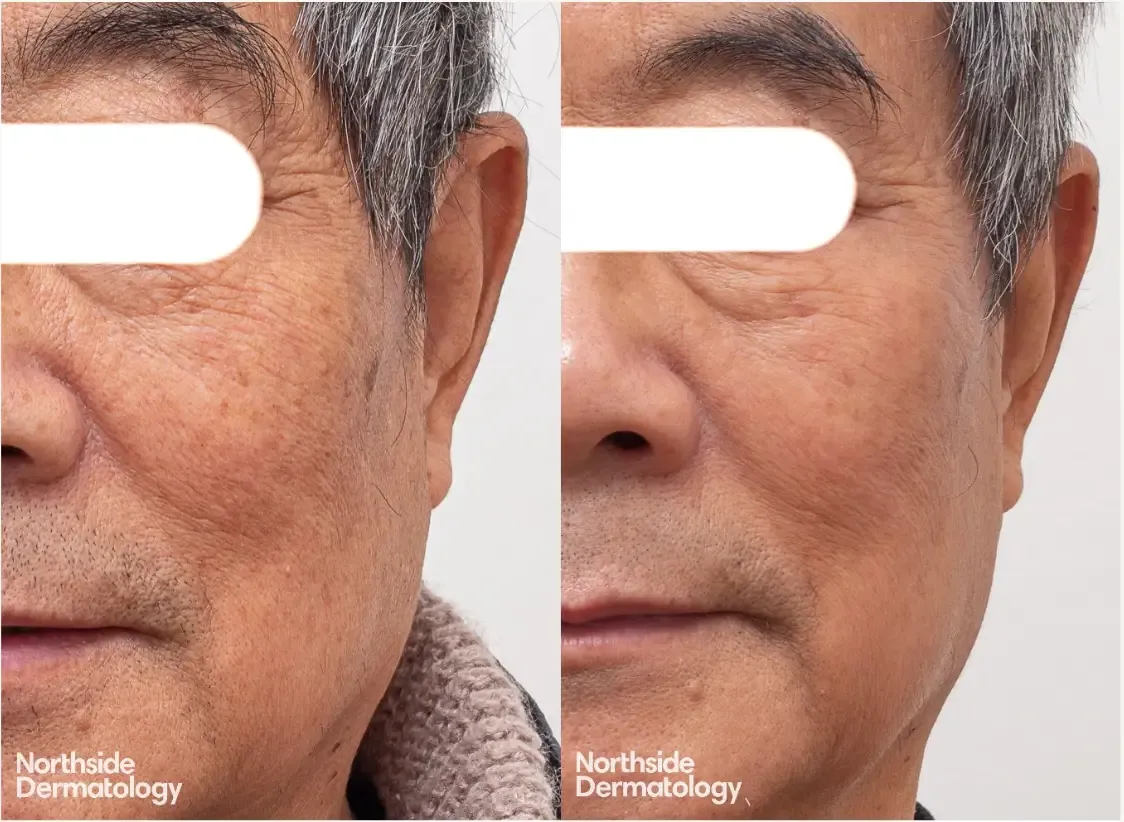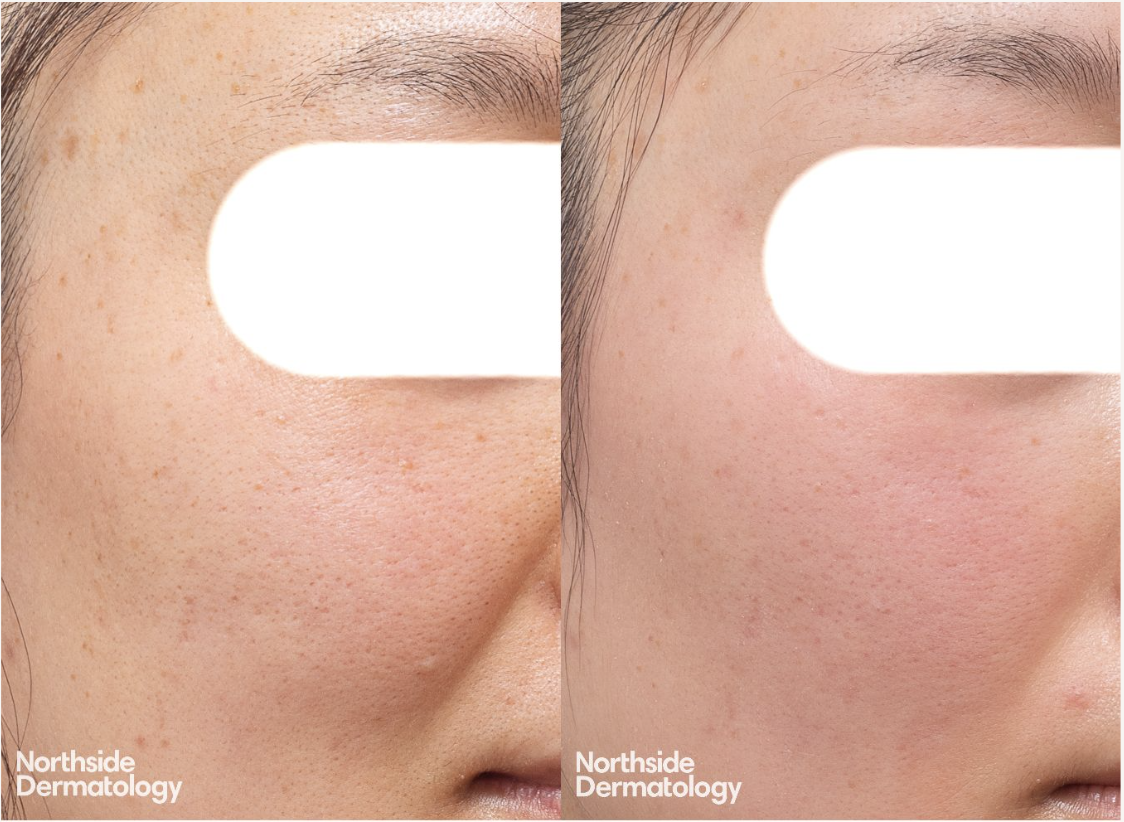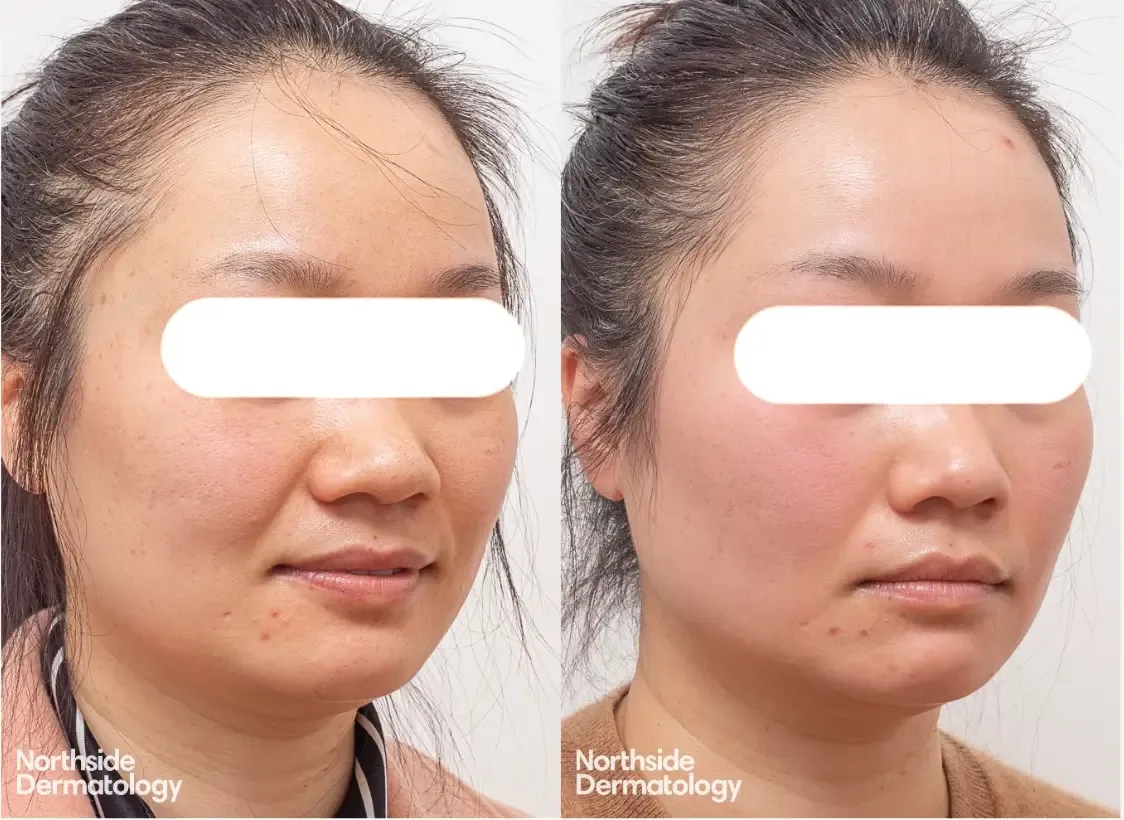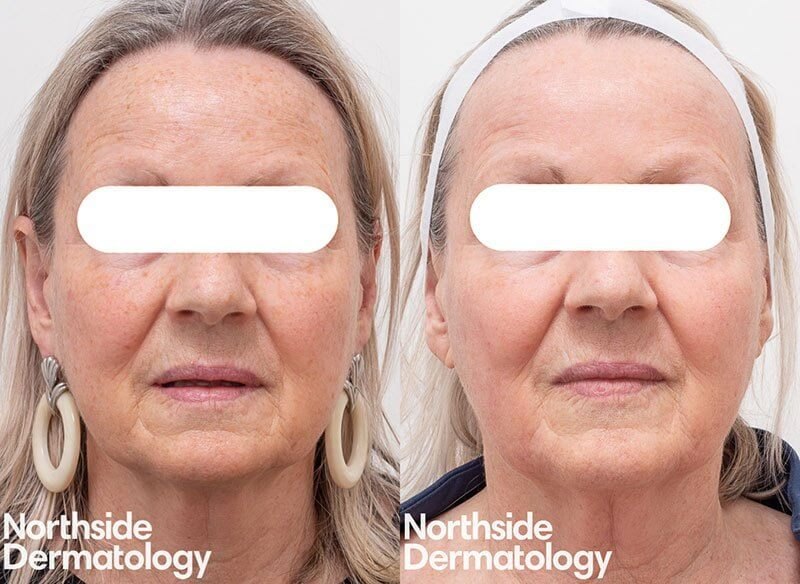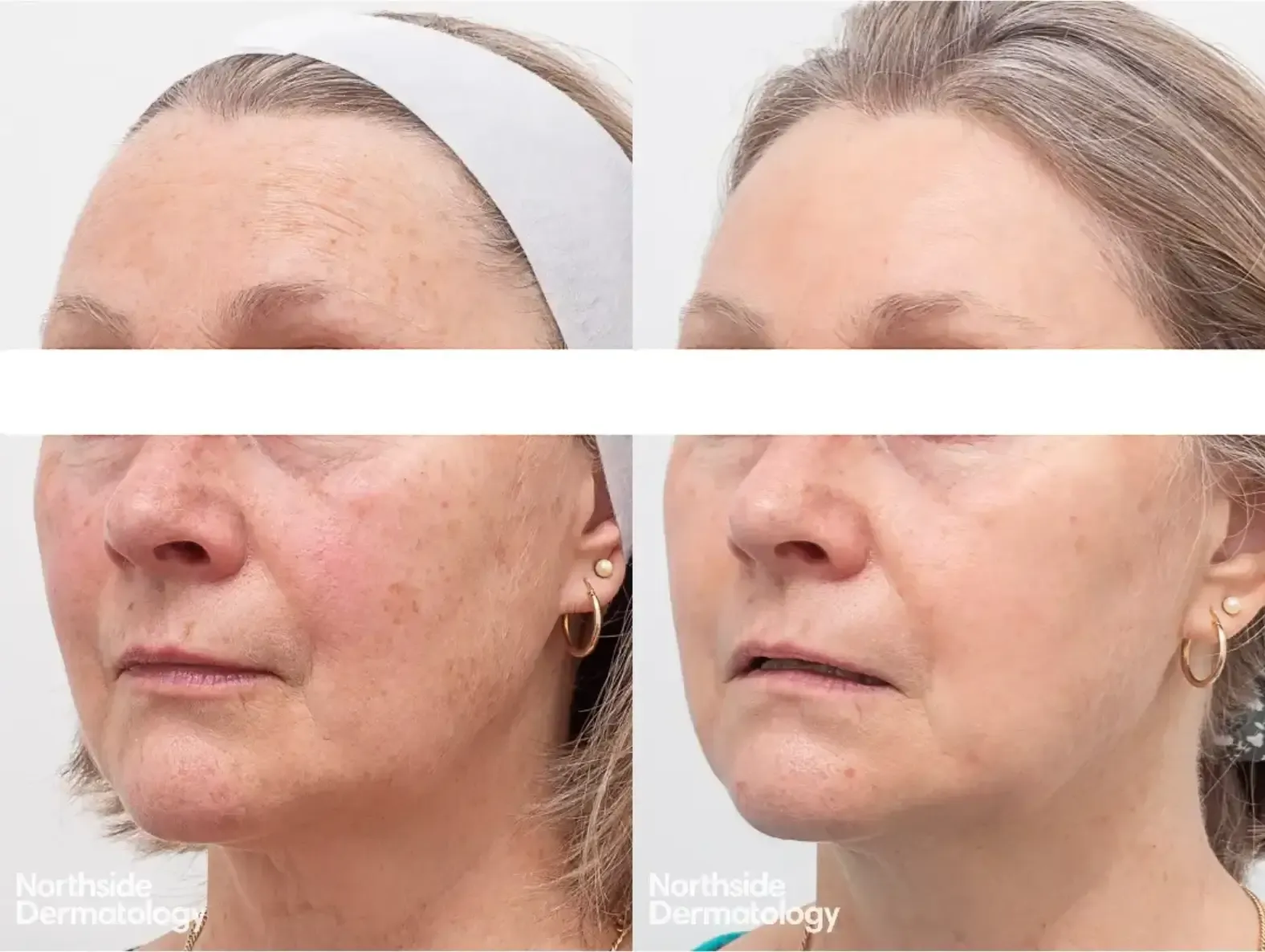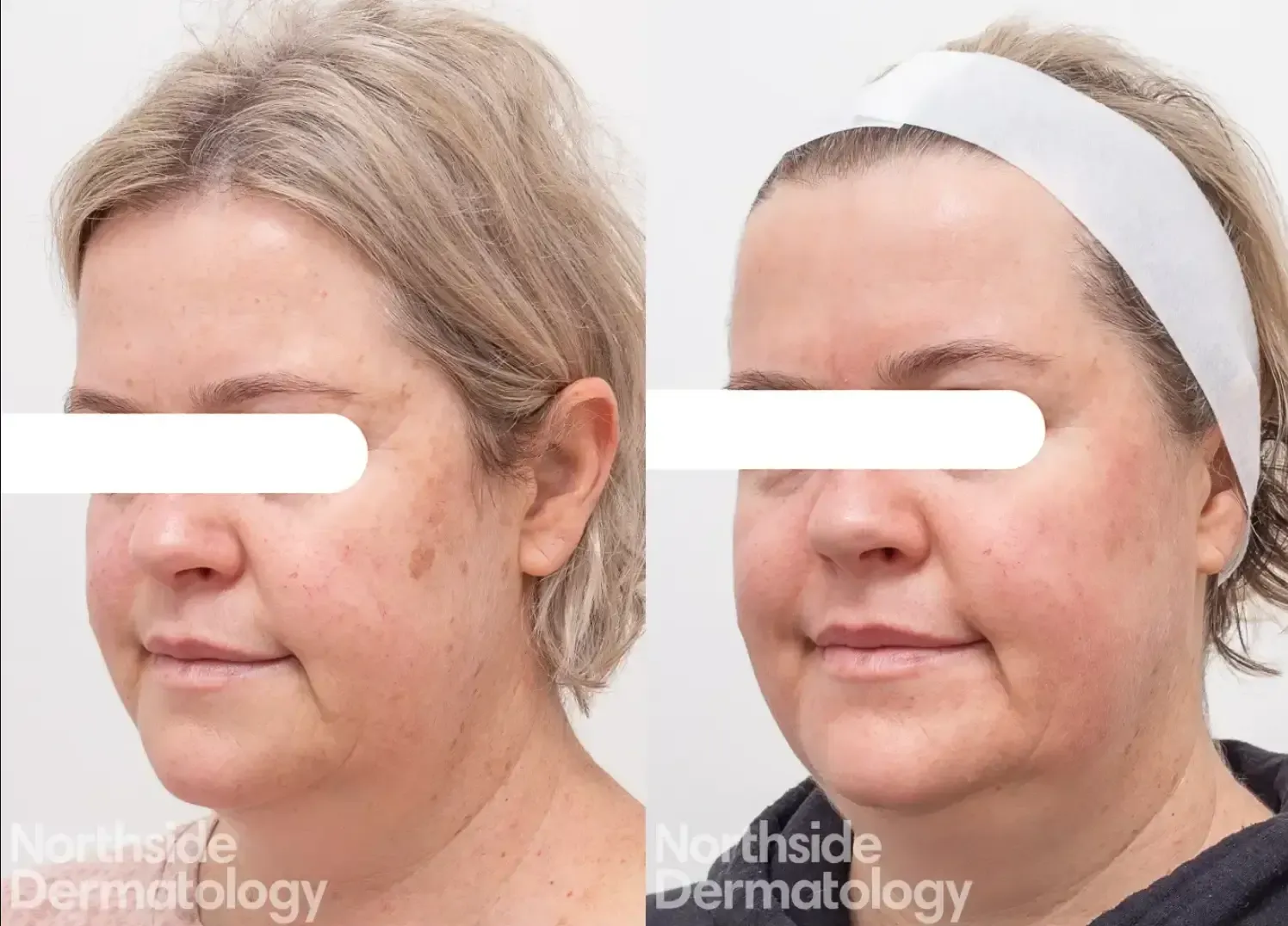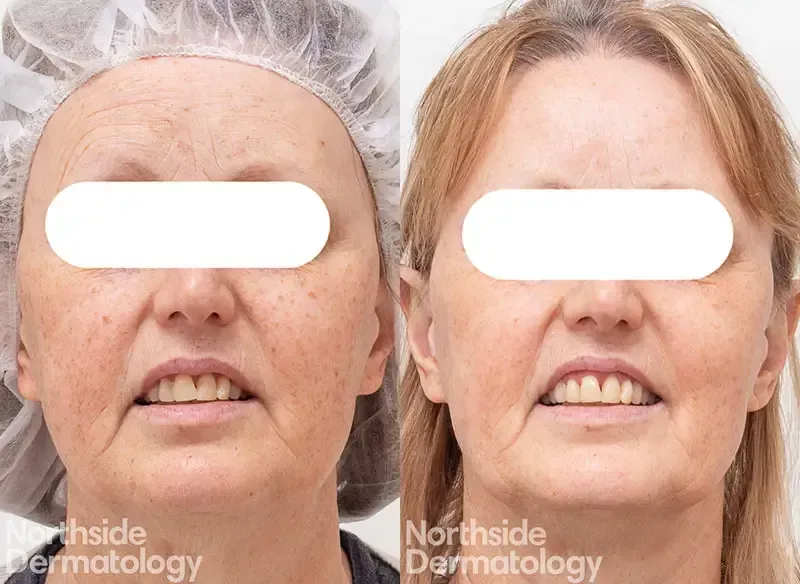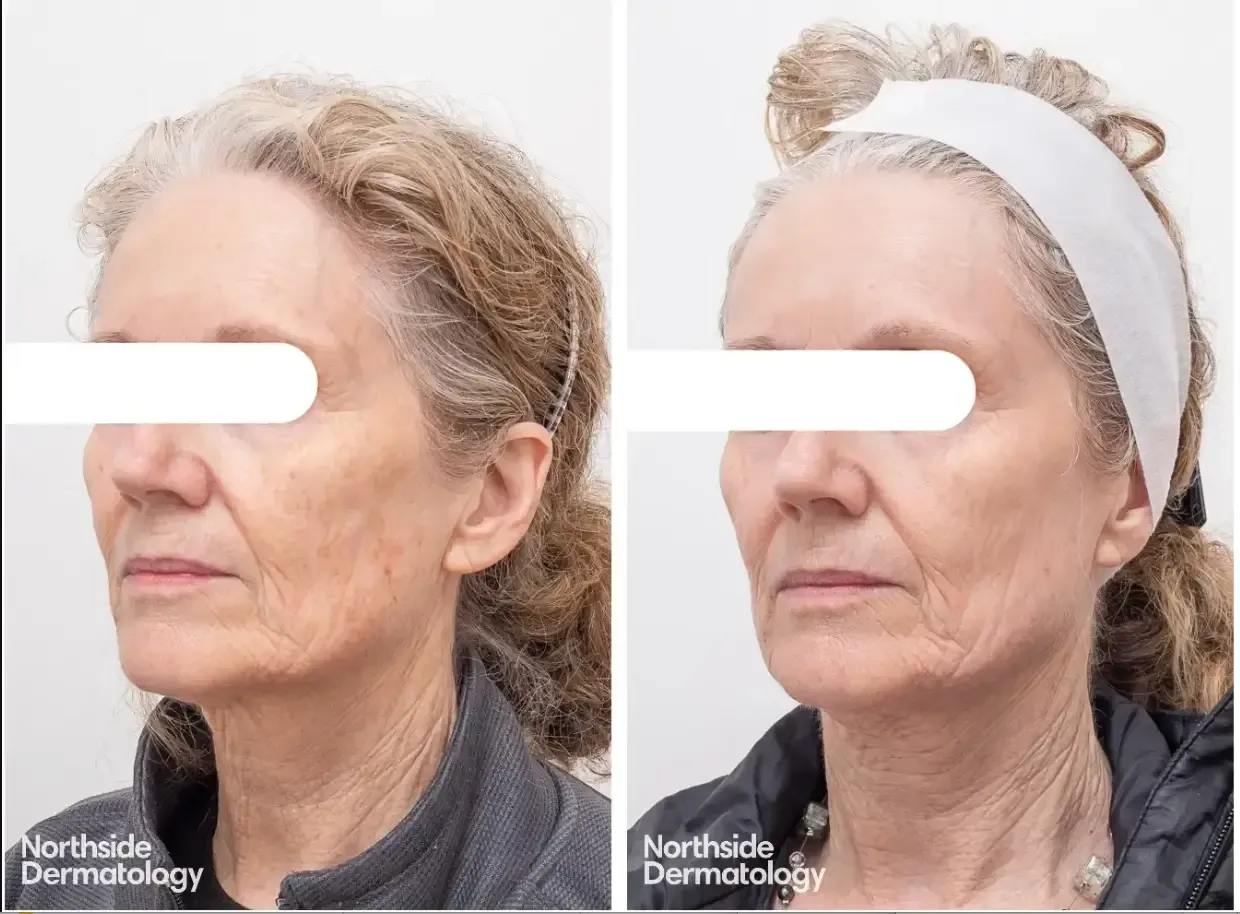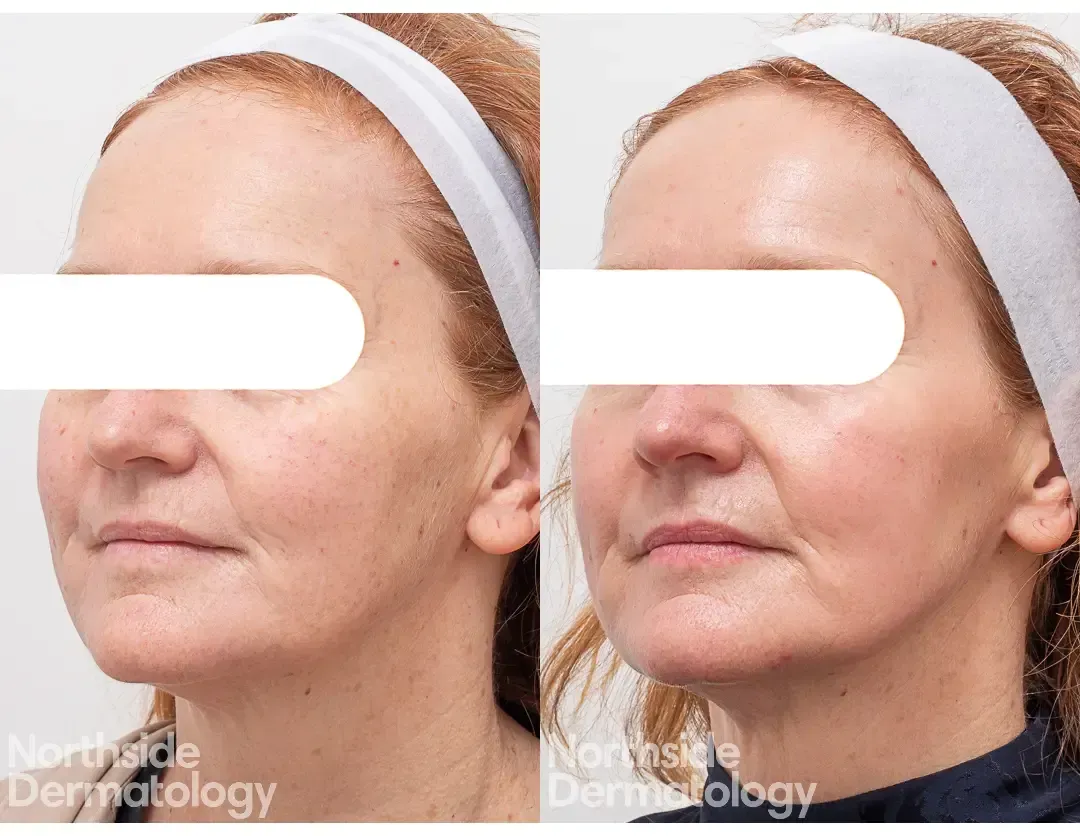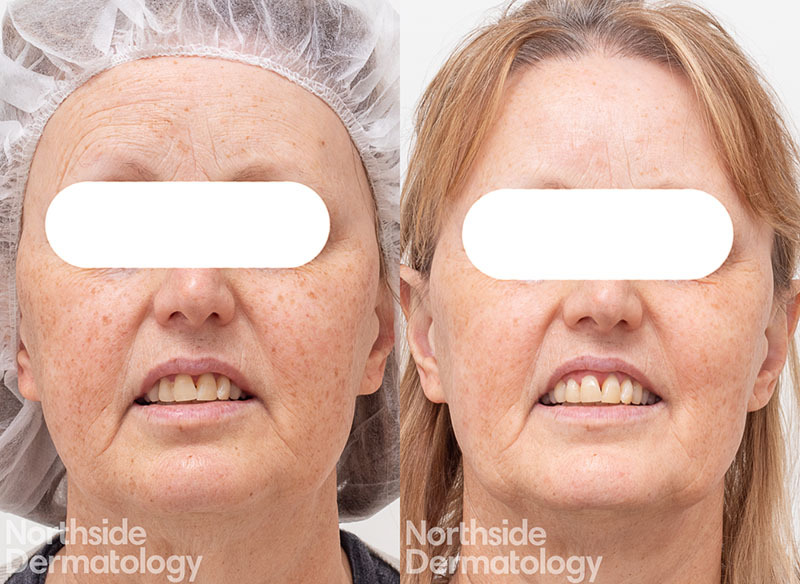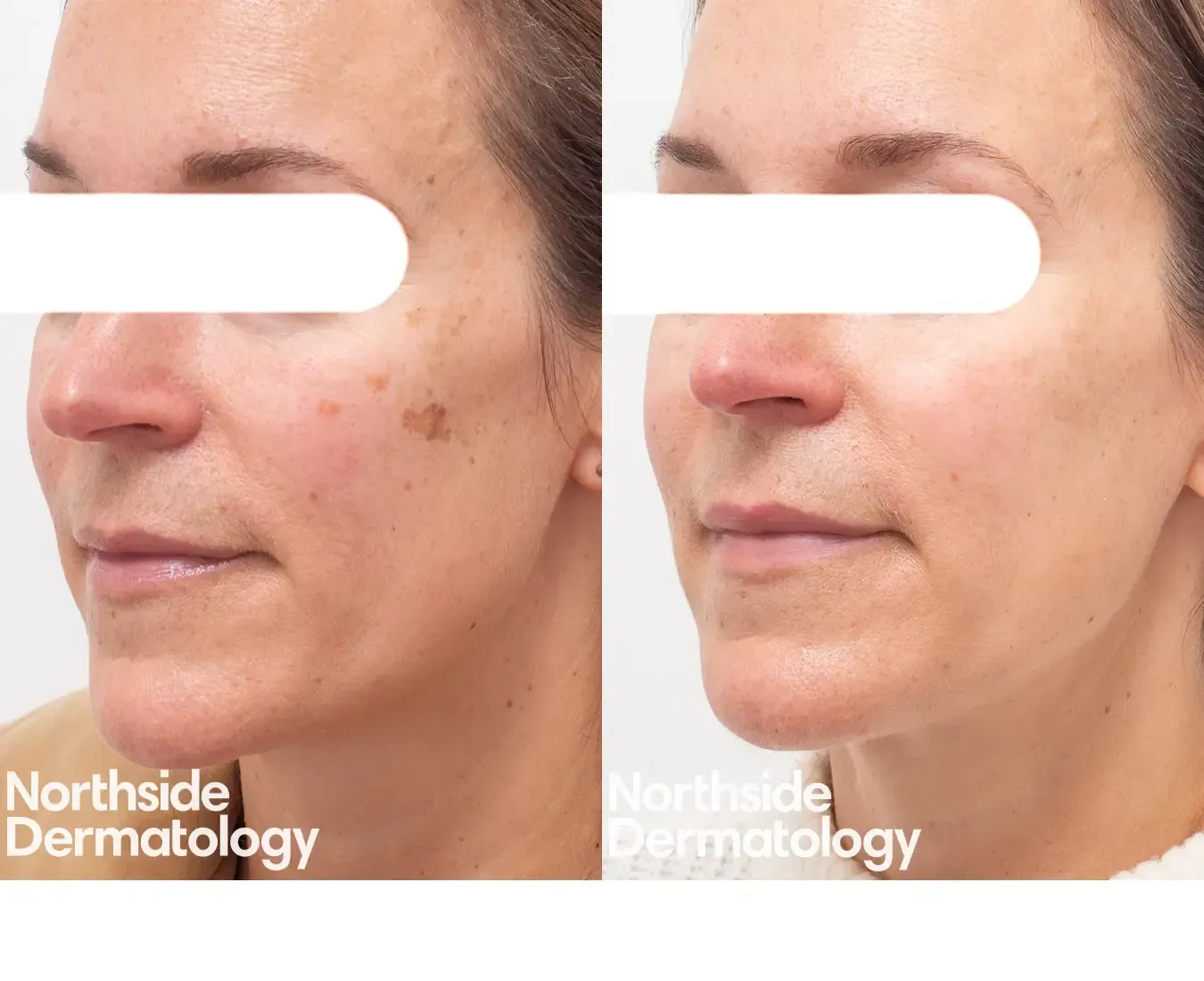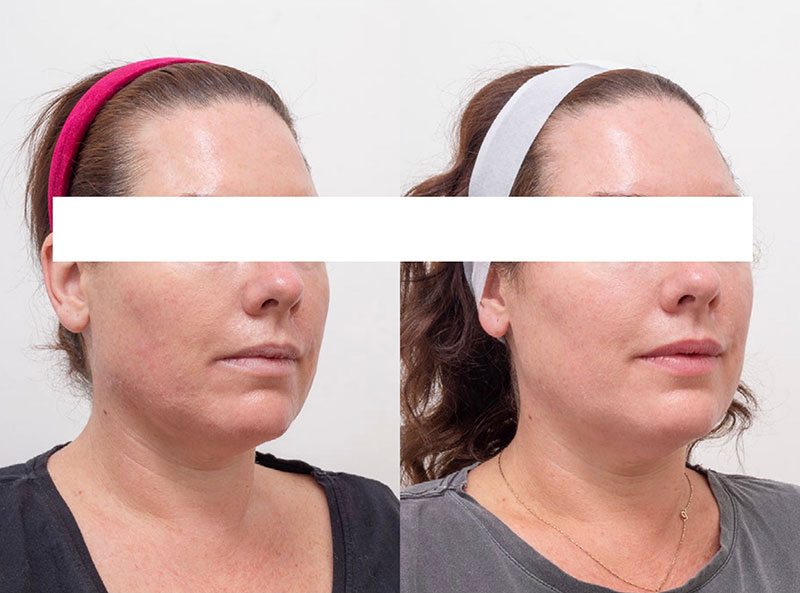
Explore Melasma
There are many causes of unwanted skin pigmentation. One of the most well-known pigmentation concerns is melasma, a condition in which patients develop patchy areas of darkness on the face and sometimes on nearby areas of the body. Melasma is best treated with a medical approach under the guidance of a specialist dermatologist.
Melasma appears as patches of brown pigmentation on areas that are chronically exposed to the sun. It most often arises on the face, typically on the forehead, cheeks, nose, upper lip and chin. Melasma can also affect the arms and the back. Women are more likely to develop melasma than men. Those who tan well or naturally have a darker skin tone are also more prone to developing melasma. Though the condition does not affect an individual’s health, melasma can be a source of embarrassment or anxiety about one’s appearance.
Find out more: Melasma & Treatments


Explore Vitiligo
Vitiligo is a relatively common dermatological condition in which pigment-forming cells (melanocytes) are attacked by the body’s immune system, causing patches of abnormally white skin to develop. These white patches typically start in small areas and spread over time. Common areas affected by vitiligo include the face, neck, armpits, elbows, hands, knees and genitalia. Vitiligo is not contagious. Though the condition cannot be cured, at-home management and medical treatment methods can slow its progress and help the affected area repigment, therefore reducing its cosmetic impact.
Vitiligo appears as patches of white skin with well-defined borders. Some patients develop only a few spots, while others develop widespread areas of whiteness. White hairs can occur in the scalp, eyebrows, eyelashes and beard. The eyes may also be affected. Vitiligo can worsen over time, but the rate at which this happens varies from patient to patient.
Find out more: Vitiligo & Treatments


Treatment
Topical Prescription Creams
Picosecond Laser (PicoSure Pro)
Q-Switched Laser for Pigment
Q-Switched Laser for Rejuvenaton
Chemical Peels
Phototherapy (Narrowband UVB)
Fractional Laser (Low Energy)
Pigmentation Before and After
Understanding Pigmentation DisordersFrequently Asked Questions
Irregular pigmentation refers to uneven skin colour. It may appear as darker patches (hyperpigmentation, such as melasma, freckles, sun spots or post-inflammatory pigmentation) or lighter patches (hypopigmentation, such as vitiligo).
Causes vary and include chronic sun exposure, hormonal changes, skin injury or inflammation, genetic predisposition, and certain medical conditions.
A dermatologist can diagnose the cause of pigmentation through a detailed skin examination, sometimes supported by tools such as dermoscopy or Wood’s lamp.
Daily sun protection is the most important step in preventing new pigmentation and reducing the risk of existing patches worsening. Avoiding tanning and harsh skin products also helps.
Options include prescription creams, chemical peels, lasers (such as PicoSure Pro or Q-Switched), phototherapy for conditions like vitiligo, and oral medications in selected cases. The best treatment depends on the cause and skin type.
Most treatments require weeks to months to show visible improvement. Multiple sessions are often needed for procedures such as lasers or phototherapy.
Melasma and vitiligo are specific types of pigmentation disorders. Melasma causes darker patches, often on the face, while vitiligo leads to loss of pigment in patches of skin. General pigmentation also includes freckles, sun spots, and post-inflammatory marks.
Some forms, like freckles or sun spots, can be removed effectively. Others, like melasma, tend to recur and need ongoing management. Vitiligo may improve with treatment but can be long-term.



